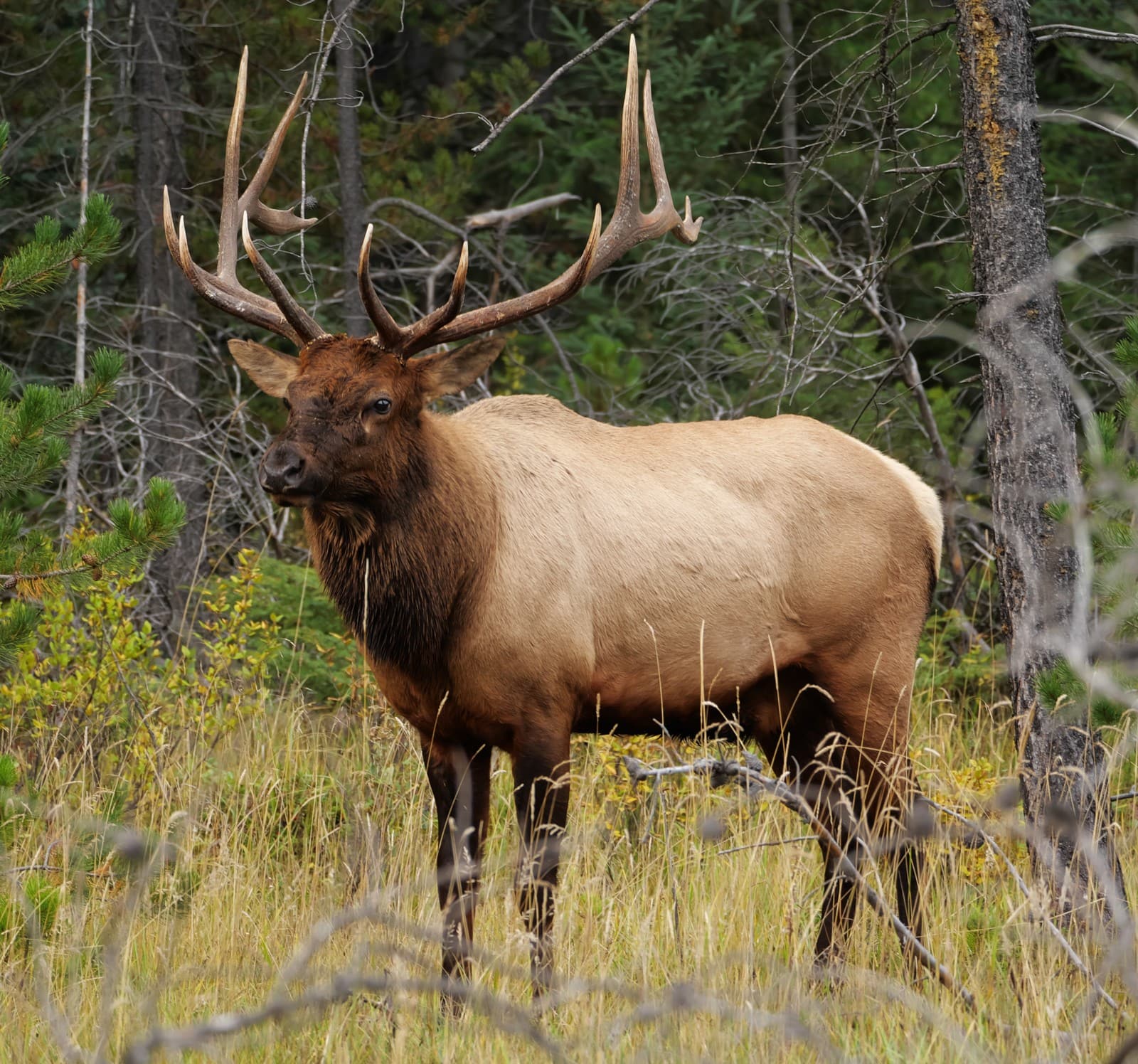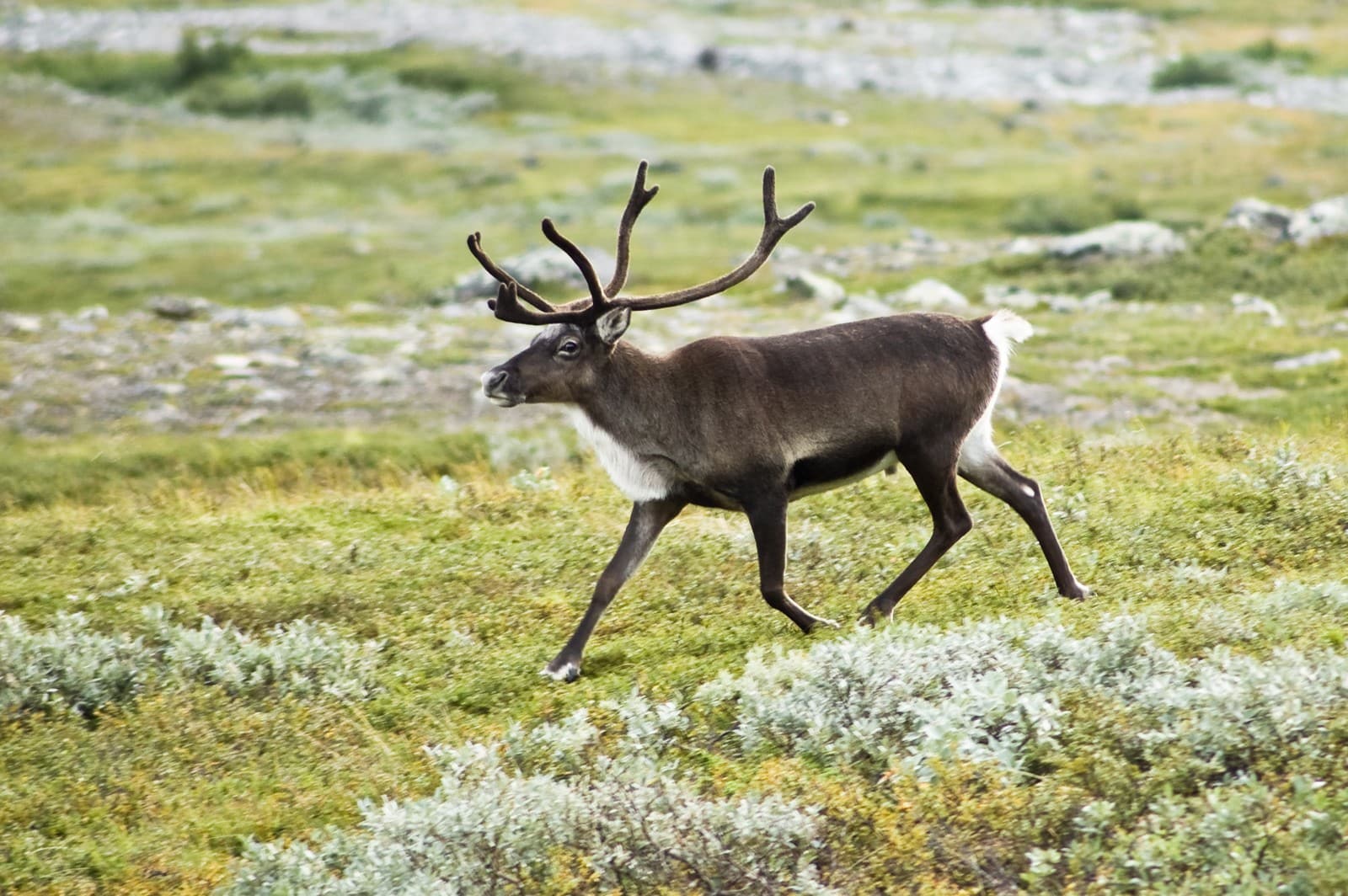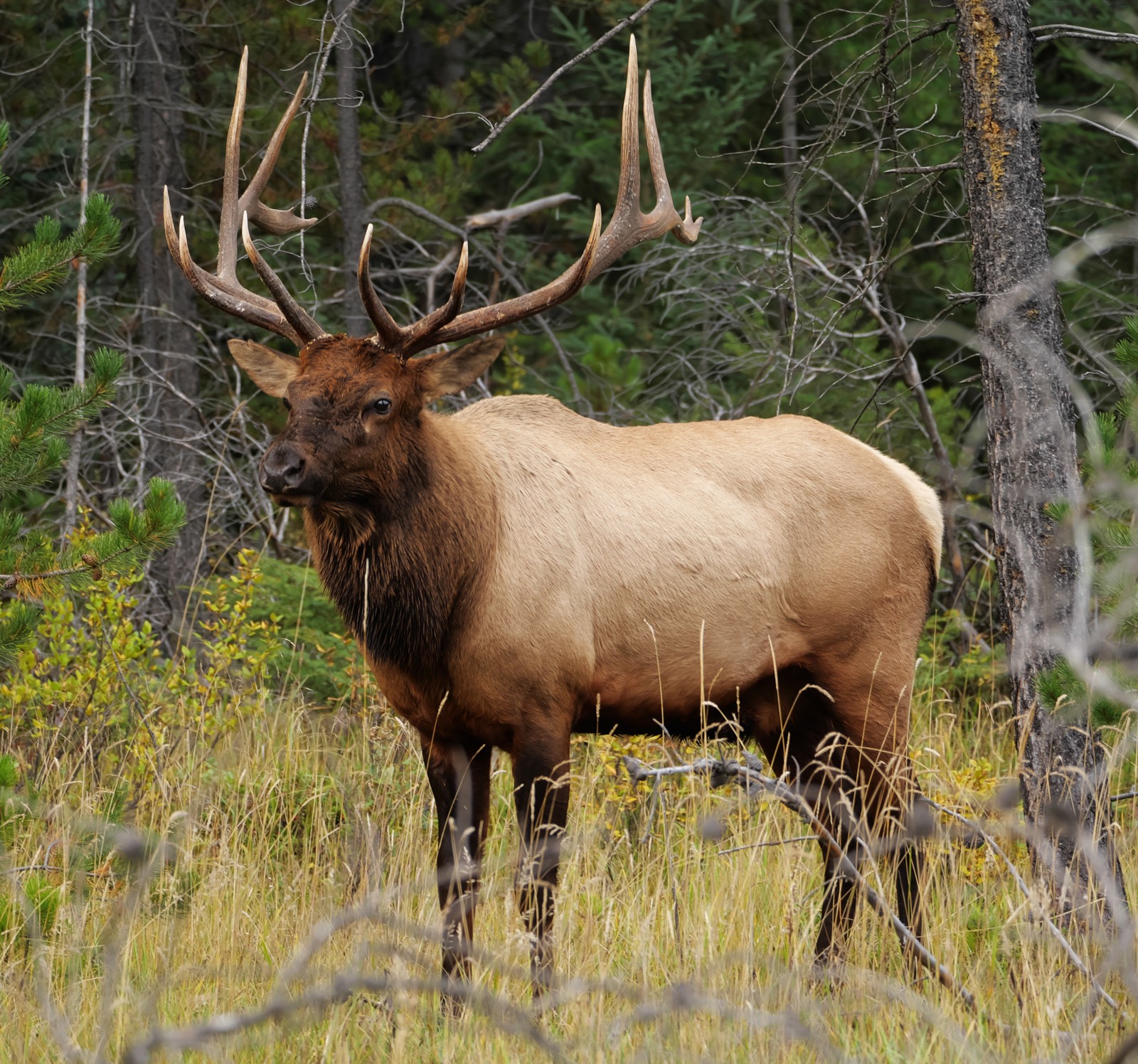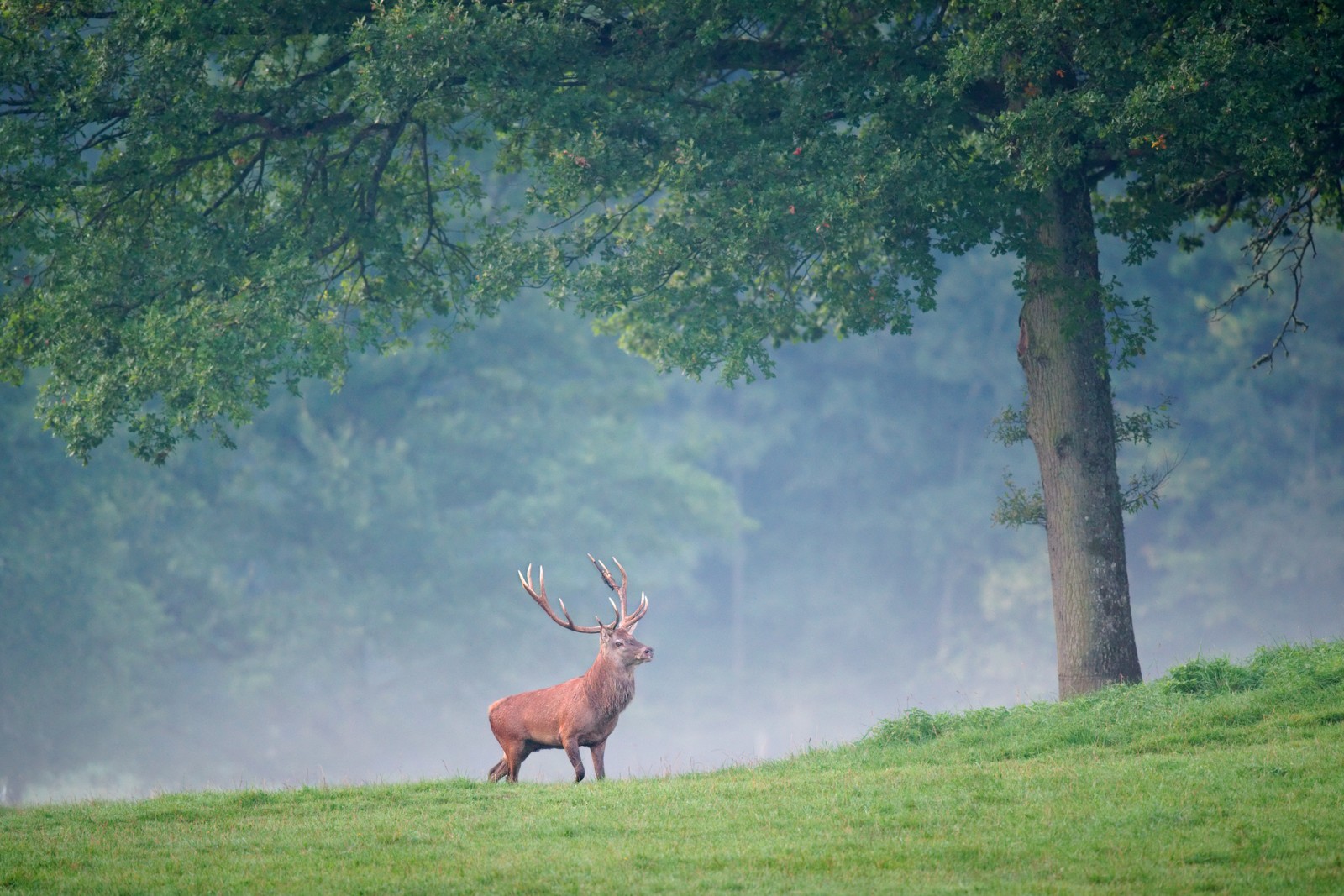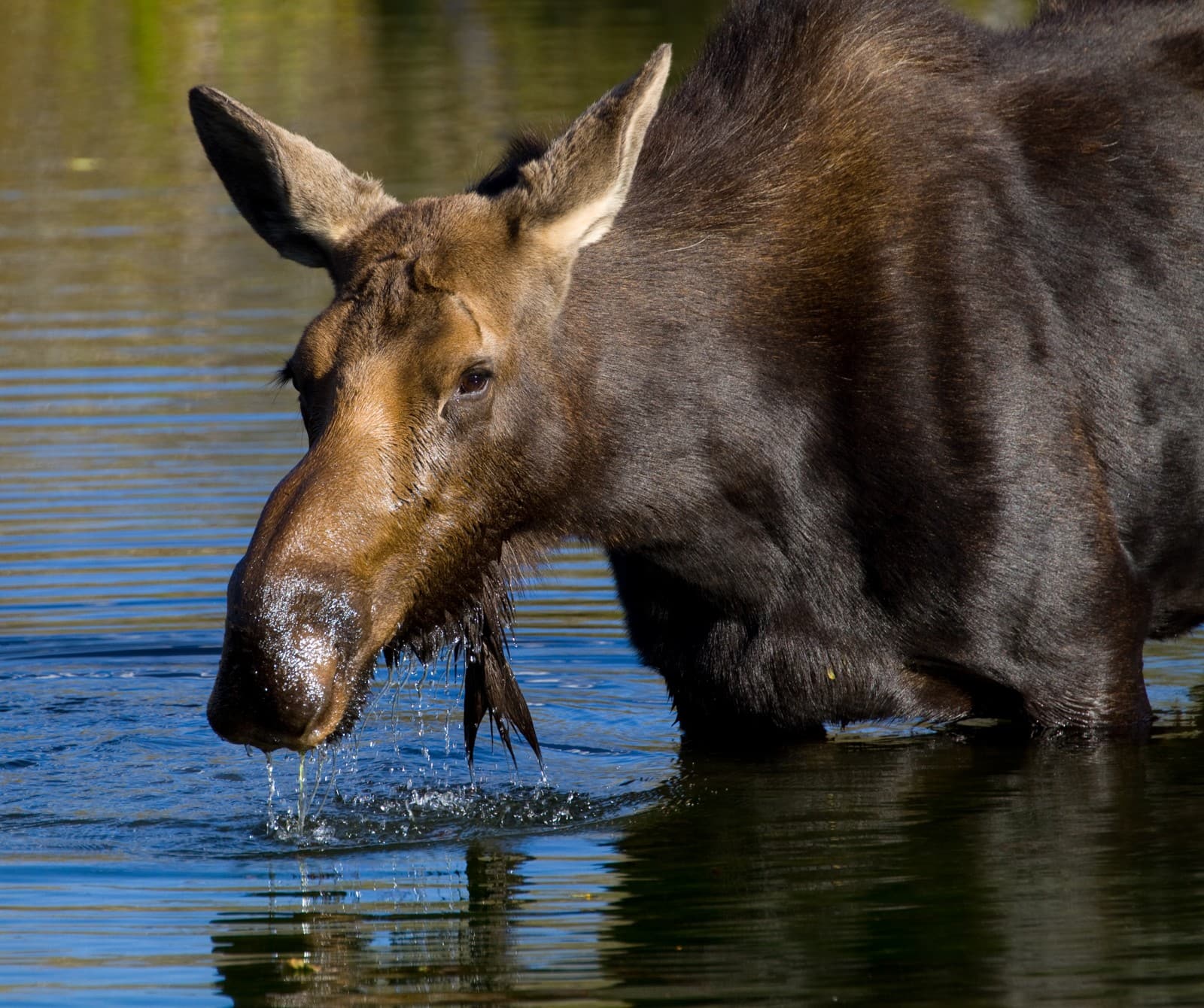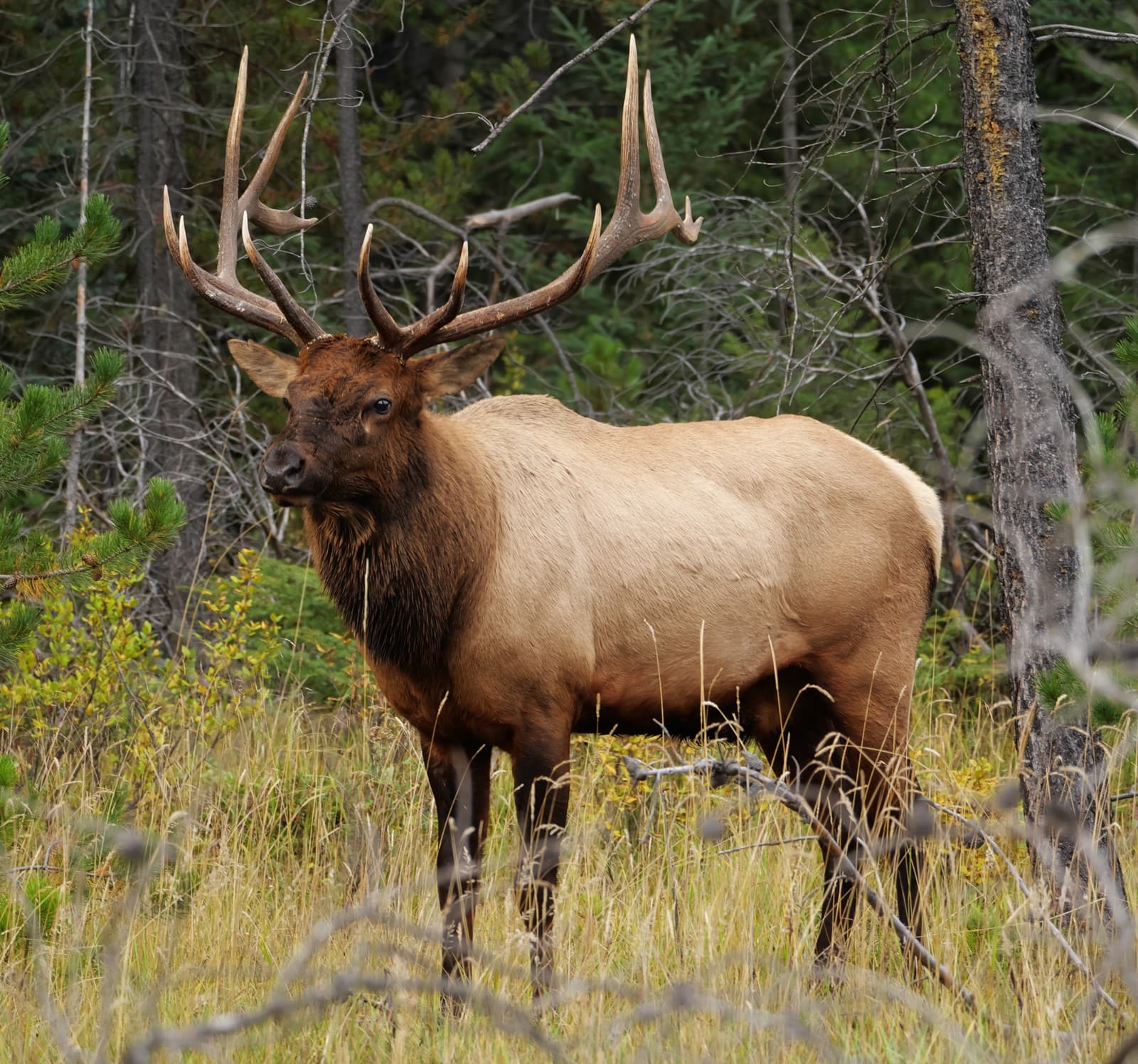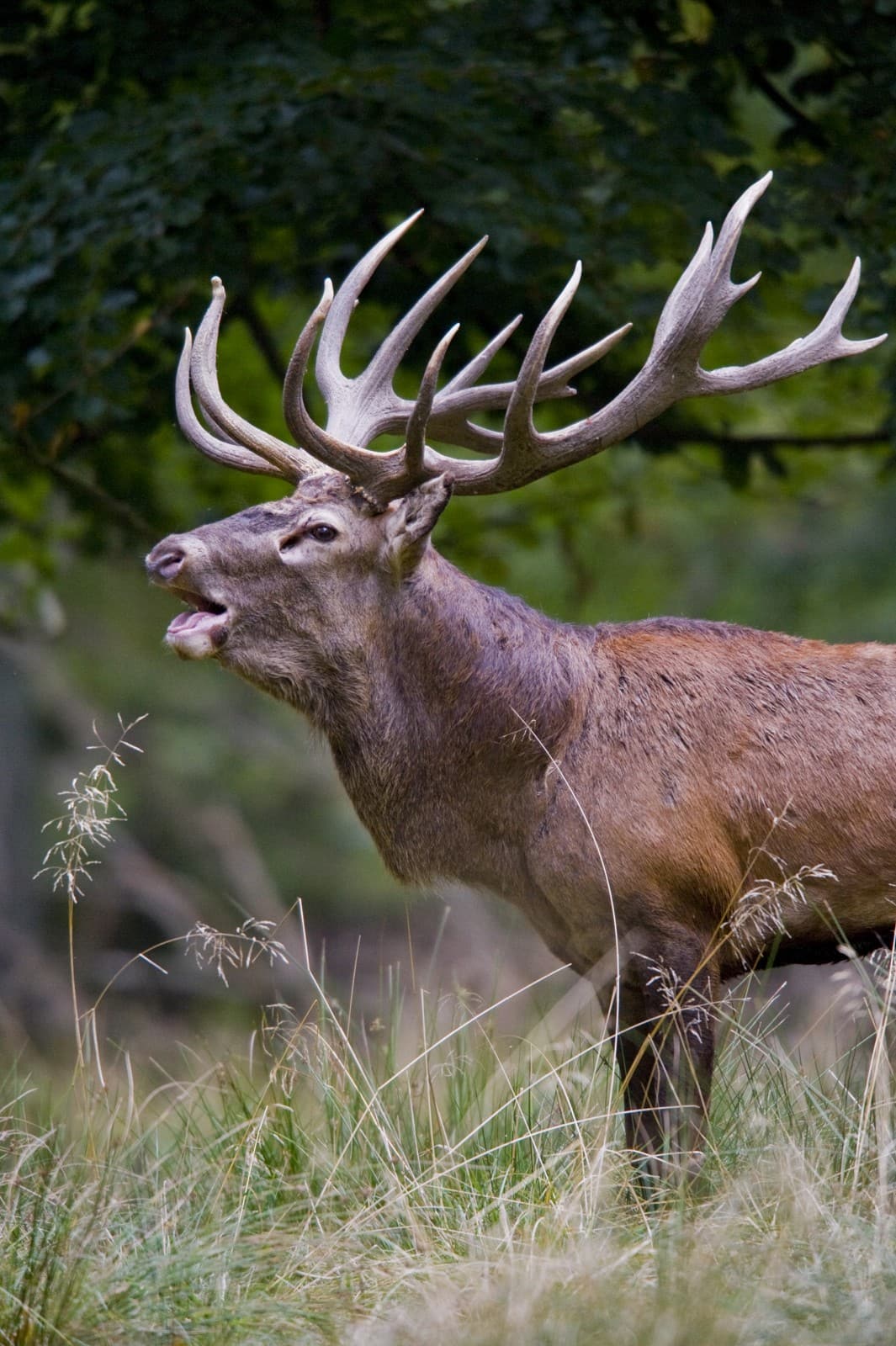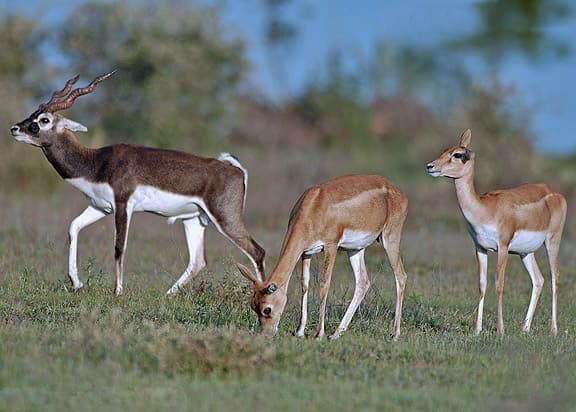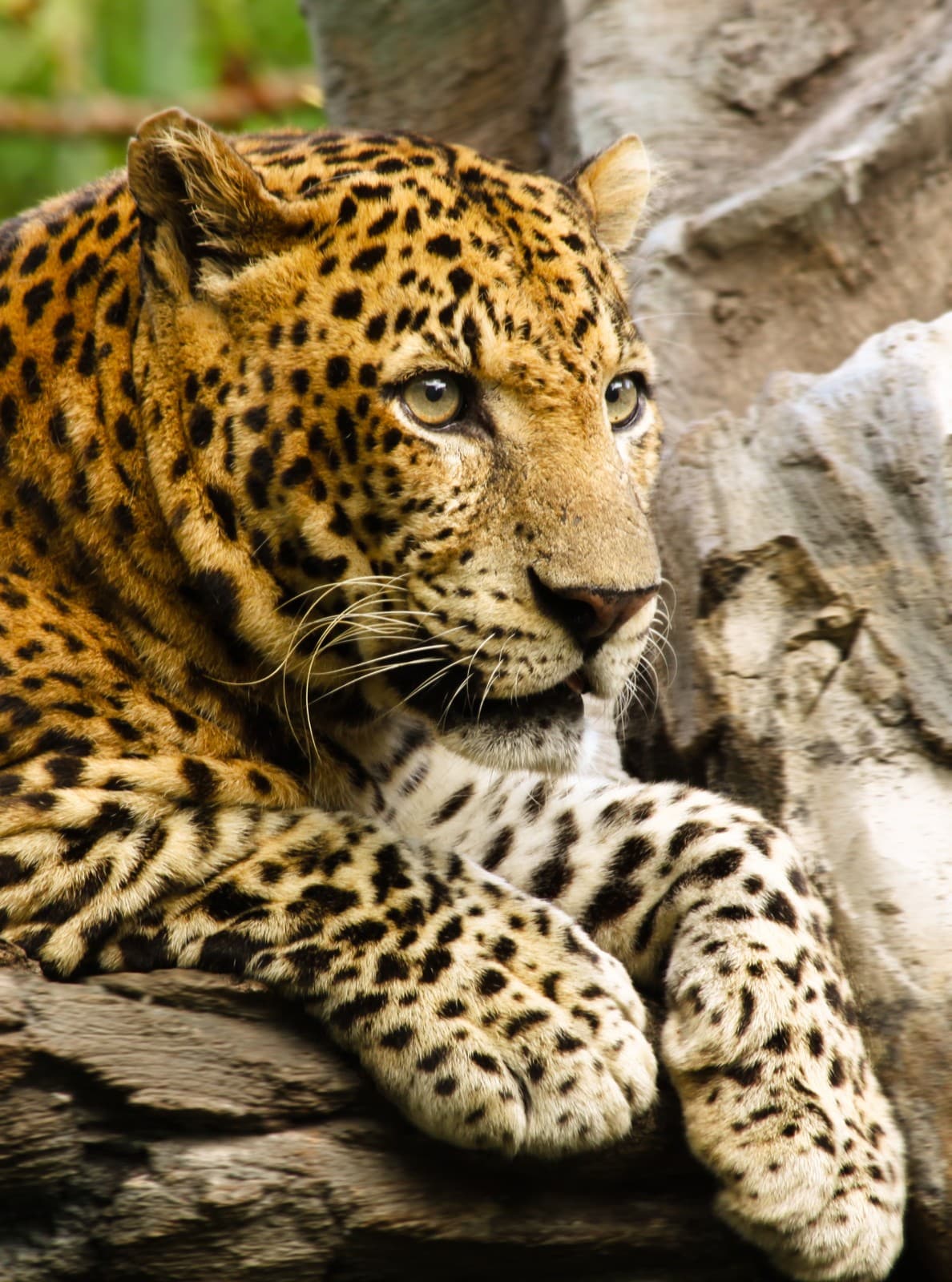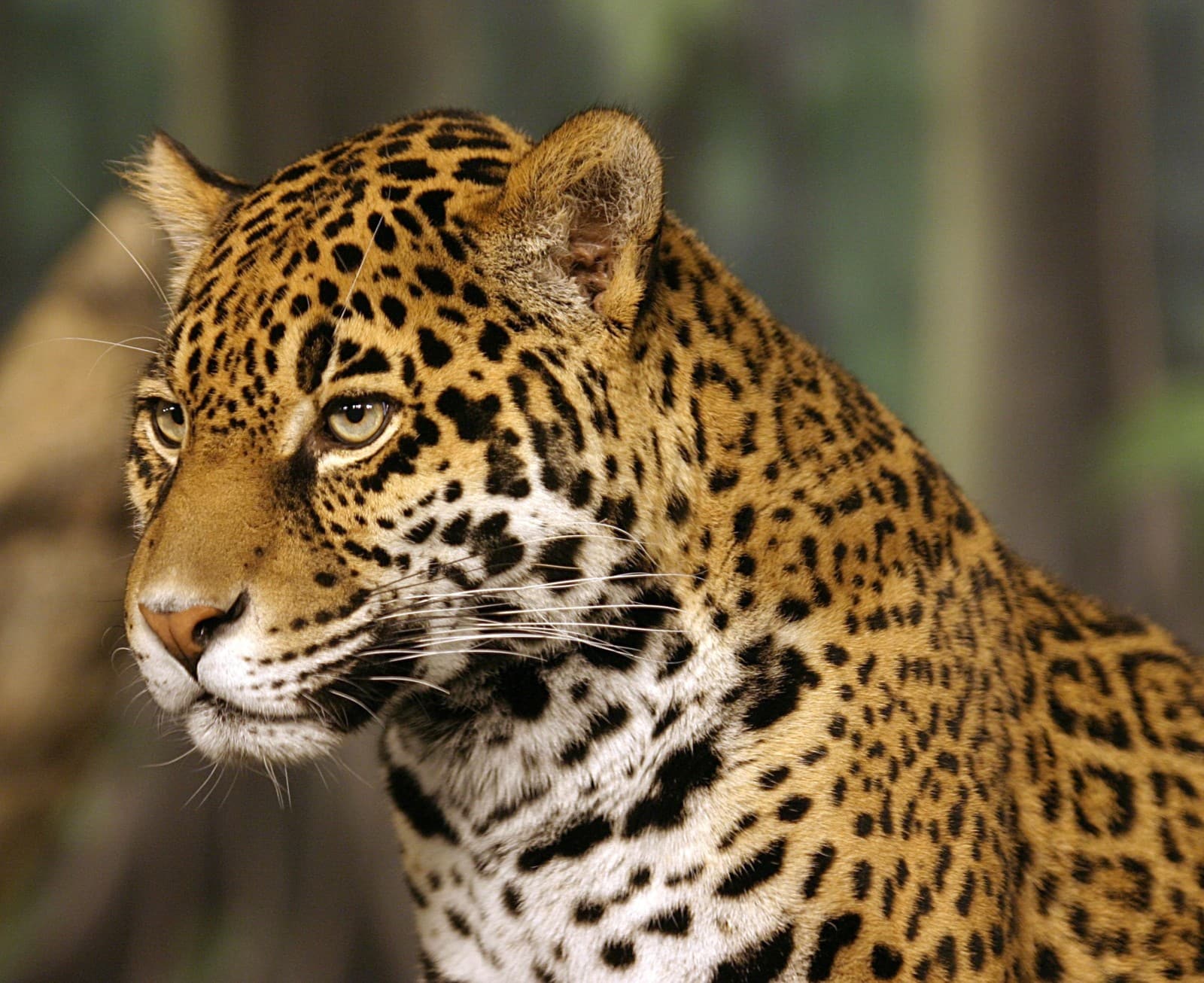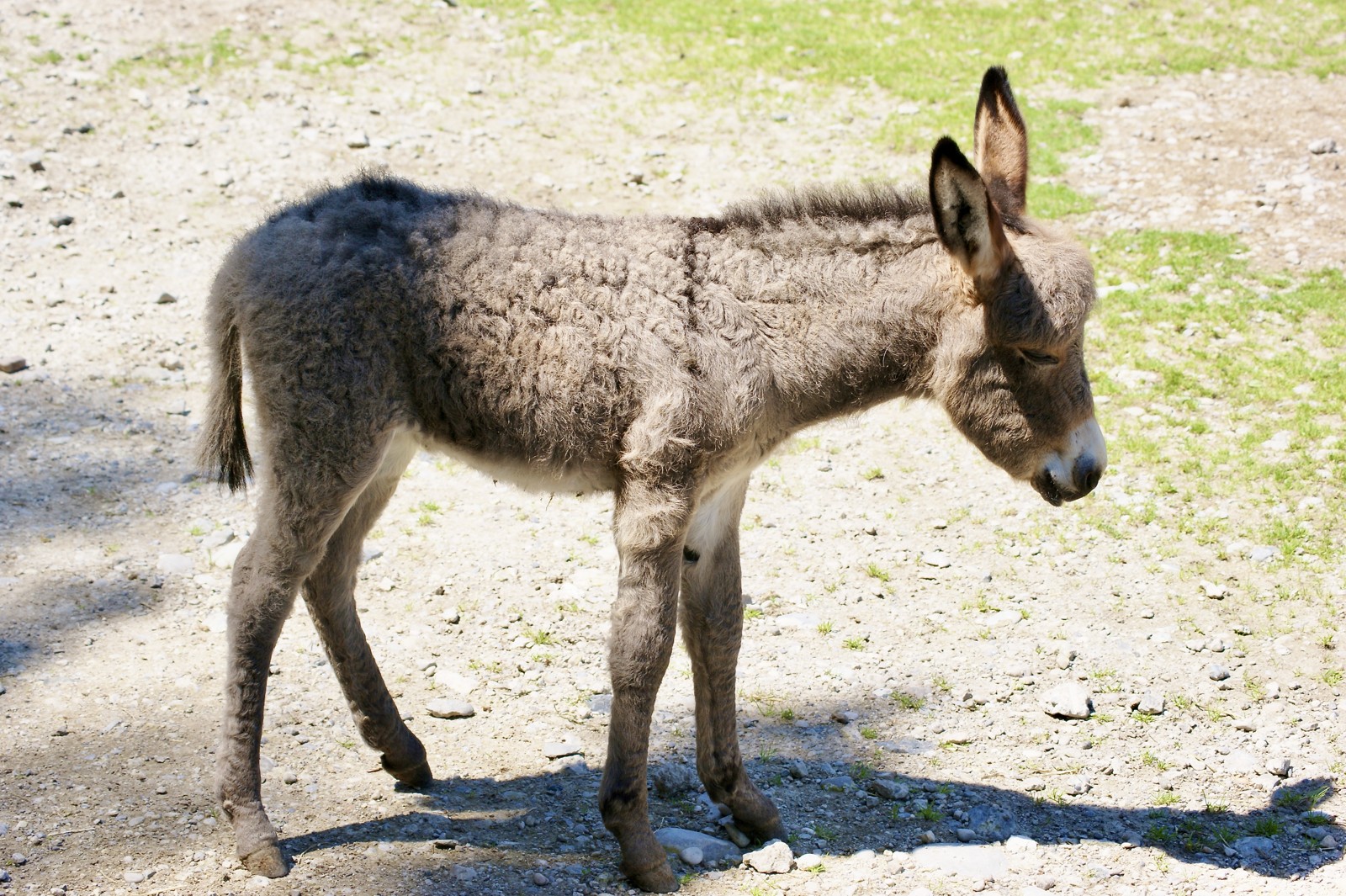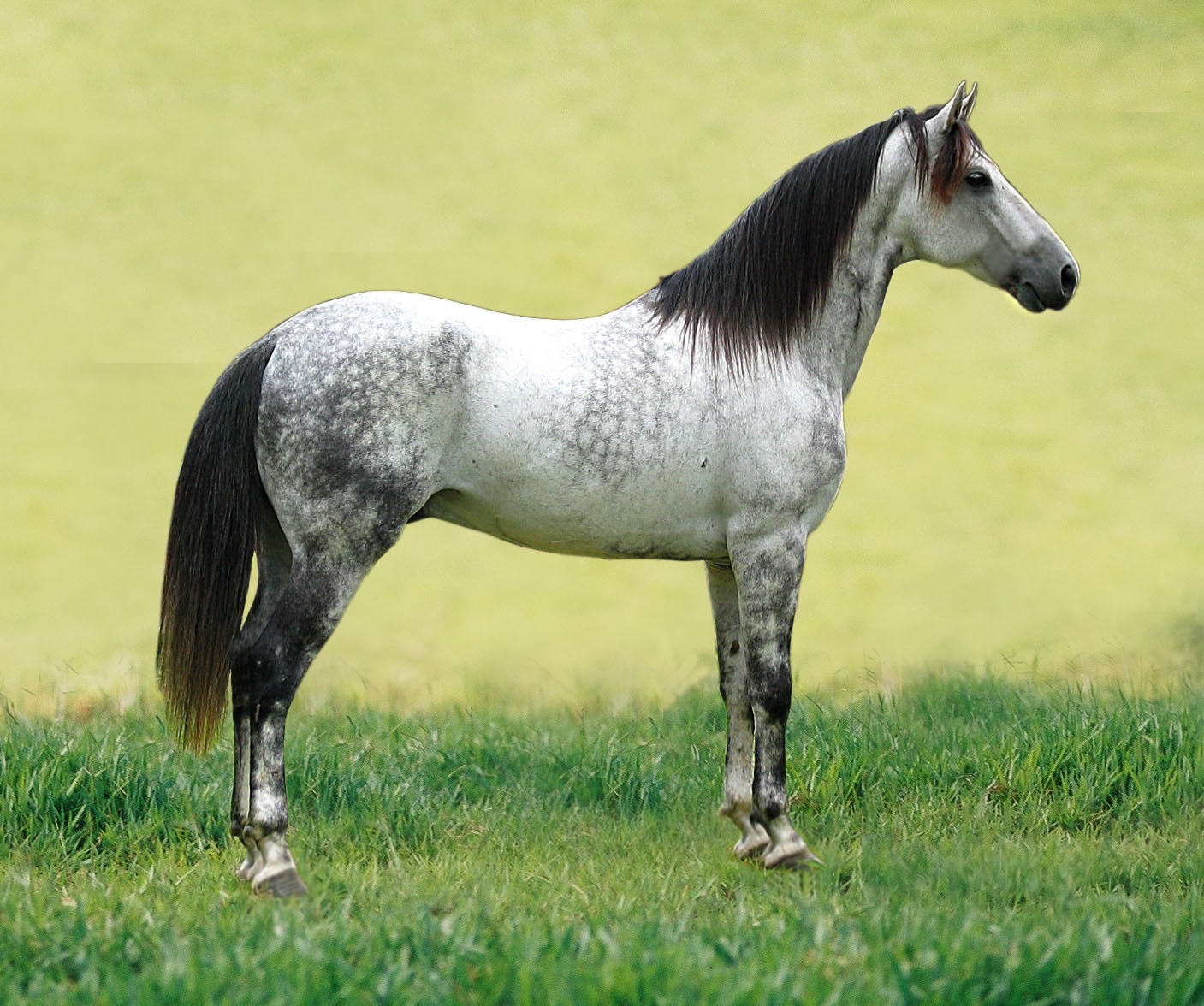Elk vs Deer: A Complete Comparison
When comparing elk vs deer, the most notable difference lies in their size – elk are significantly larger, weighing 500-700 pounds (227-318 kg), while most deer species average 100-300 pounds (45-136 kg). Elk belong to the Cervidae family and are technically a species of deer, though they’re distinguished by their larger size, darker neck mane, and distinctive pale rump patch.
These magnificent cervids share many characteristics but differ substantially in their social behavior, habitat preferences, and physical attributes. Understanding these distinctions helps wildlife enthusiasts and hunters accurately identify and appreciate these remarkable animals in their natural environments.
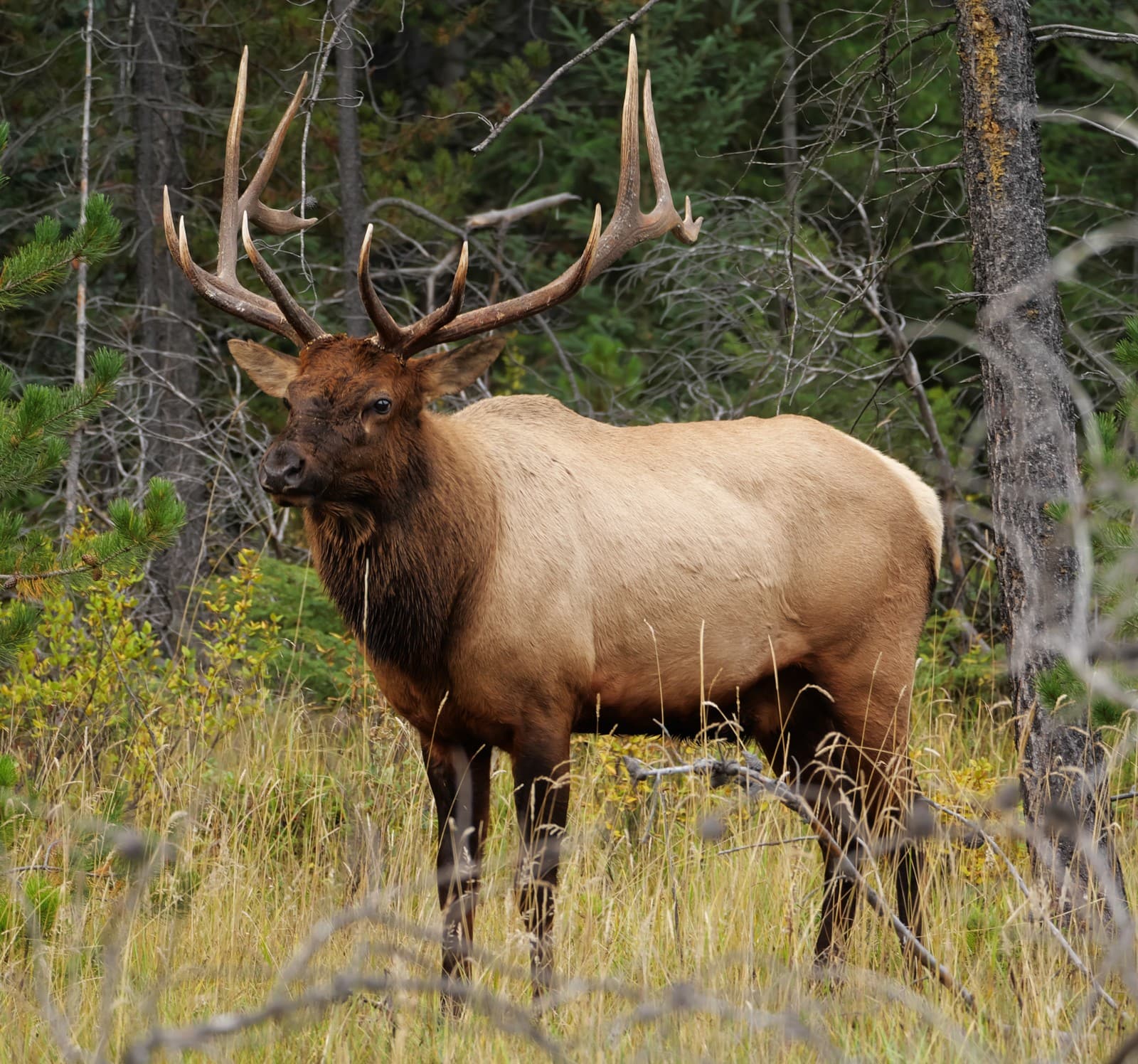
© Membeth / CC0
A mature bull elk displaying characteristic features that distinguish it from deer: larger body size, darker mane, and more massive antlers. Note the distinctive pale rump patch and two-toned coloration typical of the species.
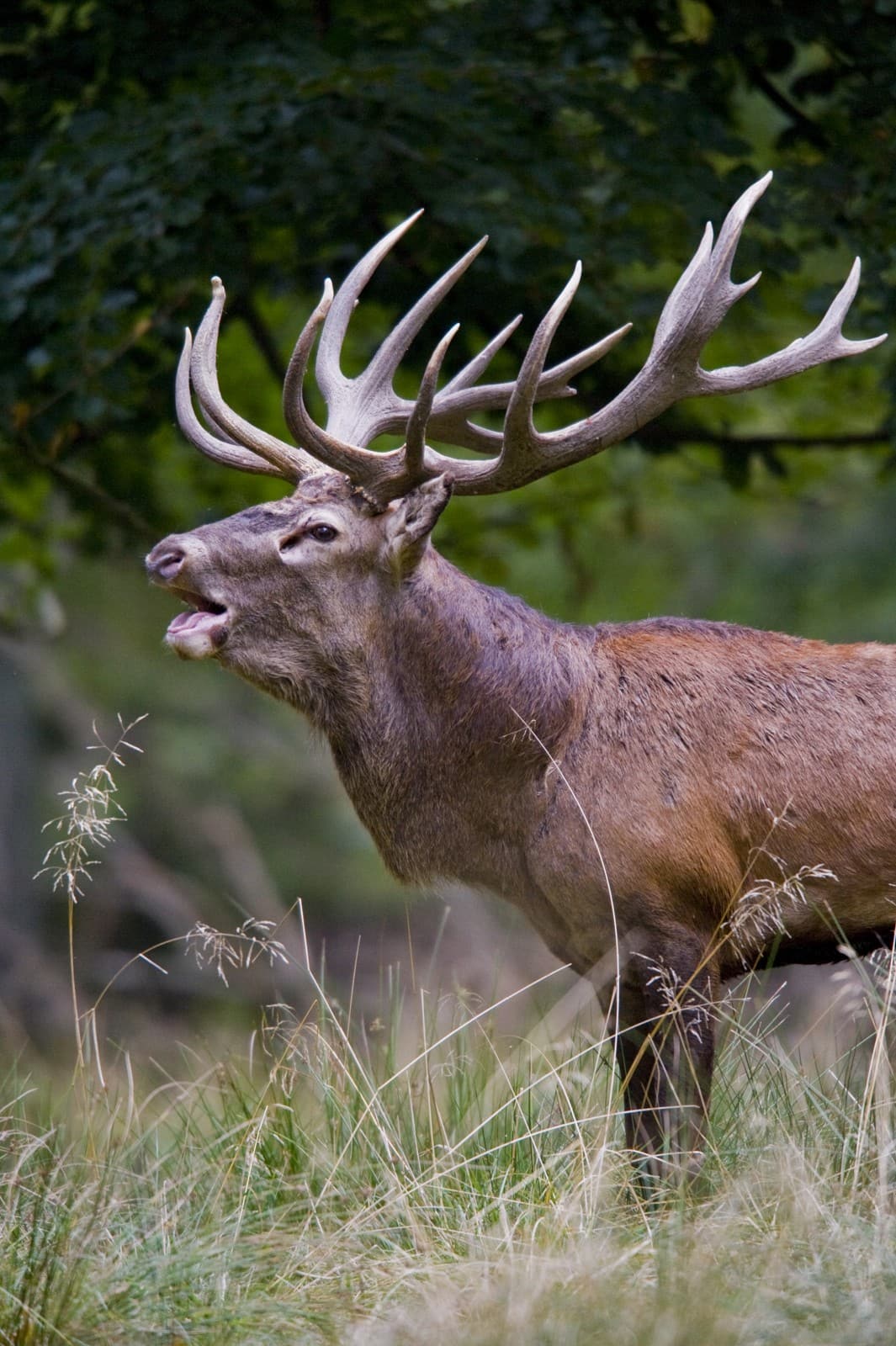
© Bill Ebbesen / CC BY 3.0
A red deer stag exhibiting typical deer characteristics: more compact body structure, uniform coloration, and proportionally smaller antlers compared to elk. The graceful build and alert posture are characteristic of deer species.
Key Physical Differences Between Elk and Deer
| Feature | Elk | Deer |
|---|---|---|
| Weight | 500-700 lbs (227-318 kg) | 100-300 lbs (45-136 kg) |
| Shoulder Height | 4-5 ft (1.2-1.5 m) | 3-3.5 ft (0.9-1.1 m) |
| Antler Size | Up to 4 ft (1.2 m) | Up to 2 ft (0.6 m) |
| Neck Mane | Prominent dark mane | No distinctive mane |
| Rump Patch | Large pale patch | Variable by species |
| Social Structure | Large herds (10-200) | Small groups (2-15) |
Habitat and Range Differences
Elk typically inhabit mixed forest and meadow environments, preferring higher elevations between 4,000-10,000 feet (1,219-3,048 m). They demonstrate remarkable adaptability, thriving in diverse landscapes from mountain forests to prairie grasslands. Deer, conversely, show greater habitat flexibility, occurring in environments from dense forests to suburban areas, generally at lower elevations below 4,000 feet (1,219 m).
Behavioral Distinctions
Social Structure
Elk are highly social animals, forming large herds that can exceed 200 individuals during winter months. These herds exhibit complex hierarchical structures, particularly during the rutting season. Deer maintain smaller family groups, typically consisting of a doe with her offspring and occasionally forming loose associations of 10-15 individuals.
Feeding Patterns
While both species are herbivores, their feeding strategies differ significantly:
- Elk: Primarily grazers, consuming grasses (80% of diet)
- Deer: Browsers, preferring leaves, twigs, and fruits (70% of diet)
Seasonal Patterns and Migration
Elk undertake more extensive seasonal migrations, often traveling 20-100 miles (32-161 km) between summer and winter ranges. Deer typically exhibit shorter seasonal movements, rarely exceeding 30 miles (48 km), with many populations remaining relatively sedentary throughout the year.
Conservation Status and Population Management
Both species face similar conservation challenges, primarily habitat loss and fragmentation. Current population estimates indicate:
- North American Elk: approximately 1 million
- White-tailed Deer: over 30 million
- Mule Deer: approximately 4 million
Who Would Win: Elk vs Deer Confrontation
In direct confrontations, elk hold significant advantages over deer due to:
- Superior size and weight (2-3 times larger)
- Longer and heavier antlers
- More aggressive temperament during rut
- Greater muscular strength
While such confrontations rarely occur naturally due to different habitat preferences and social structures, elk’s physical advantages make them dominant in theoretical matchups.
Identification Tips for Wildlife Observers
Key Features to Look For
- Body Size: Elk appear notably larger and more robust
- Neck Area: Look for elk’s distinctive dark mane
- Rump Patch: Elk display a larger, more defined pale patch
- Antler Structure: Elk antlers typically show more mass and length
- Group Size: Larger groups usually indicate elk herds
Understanding these distinctions helps wildlife enthusiasts accurately identify and appreciate these magnificent cervids in their natural habitats, contributing to more meaningful wildlife observation experiences.
